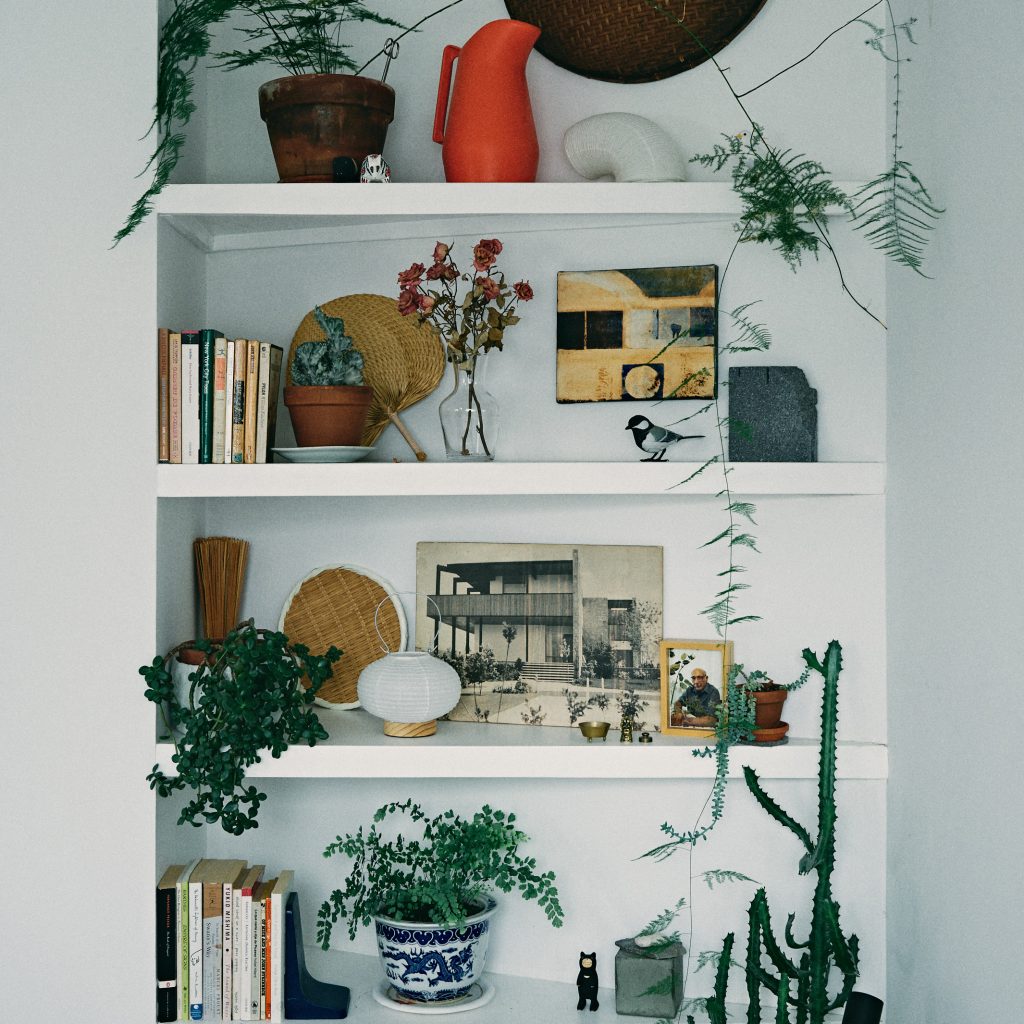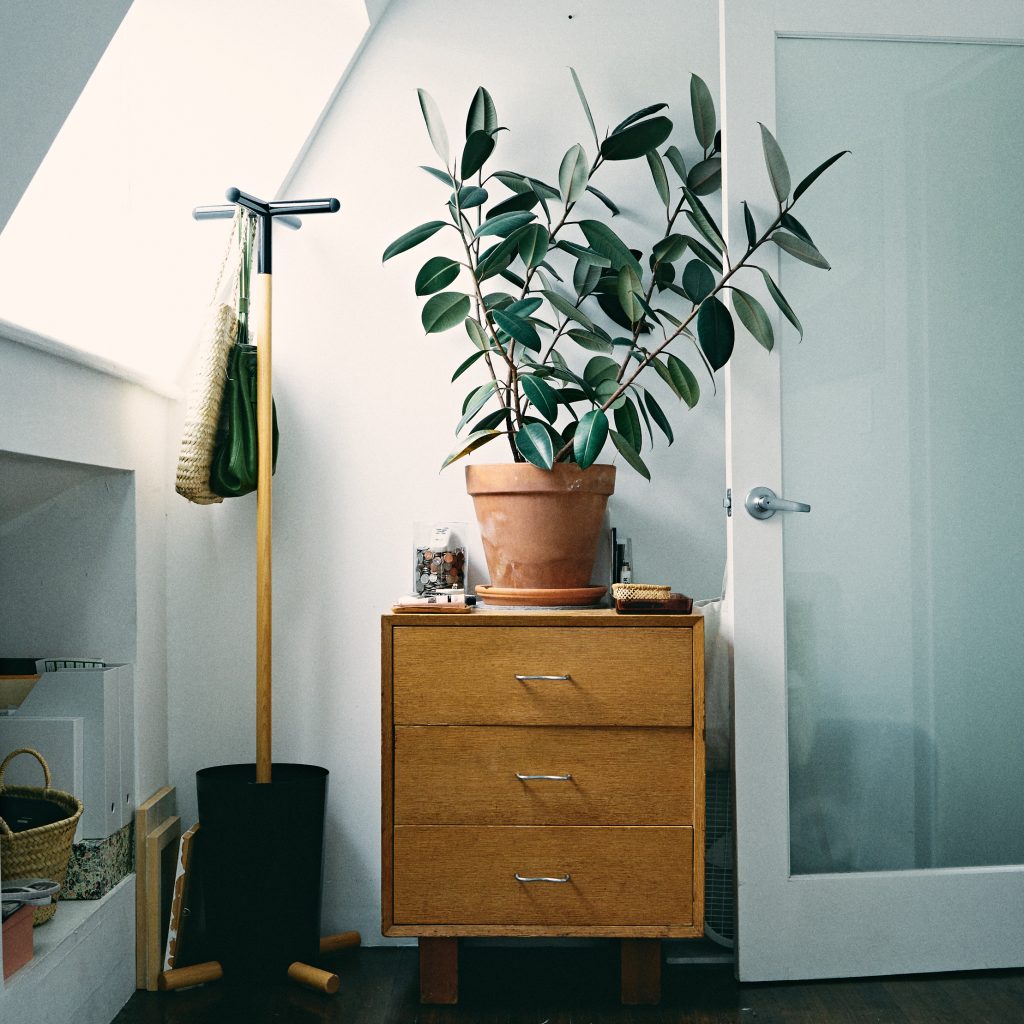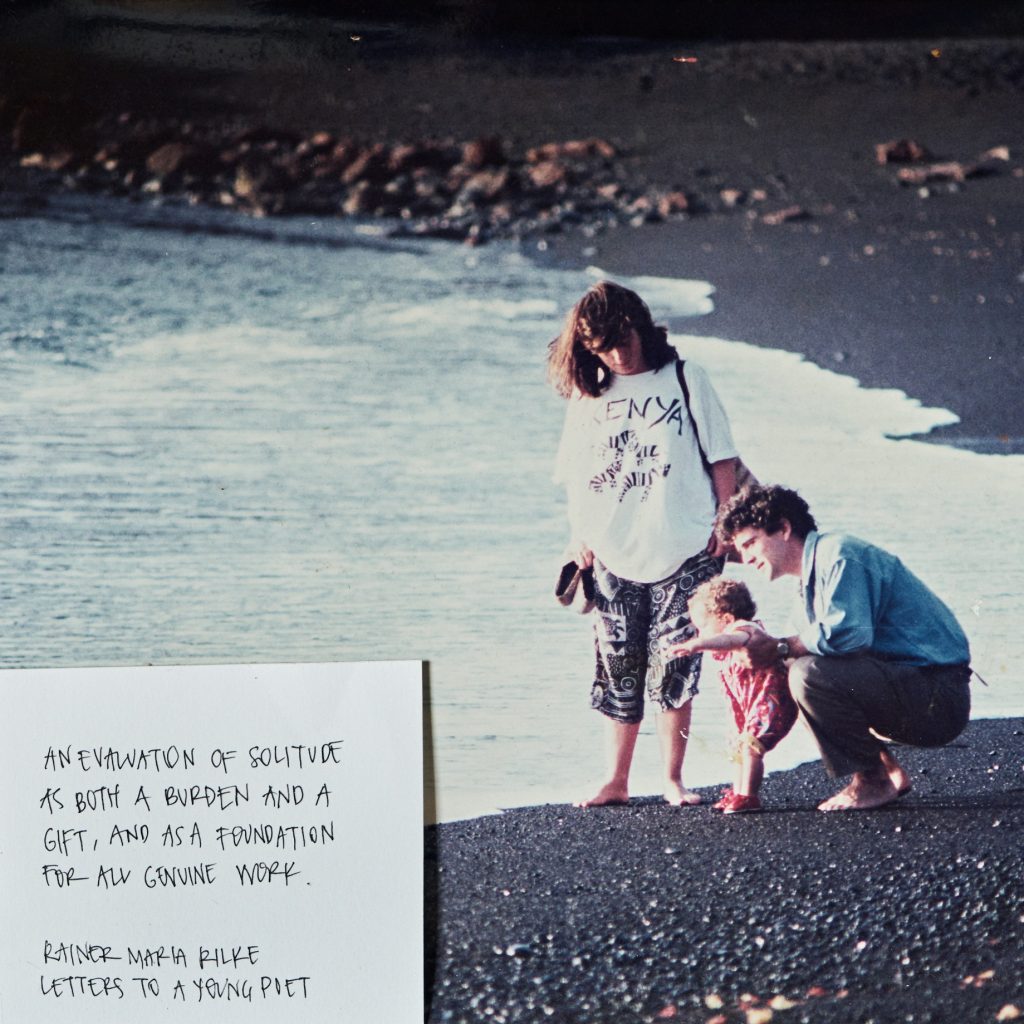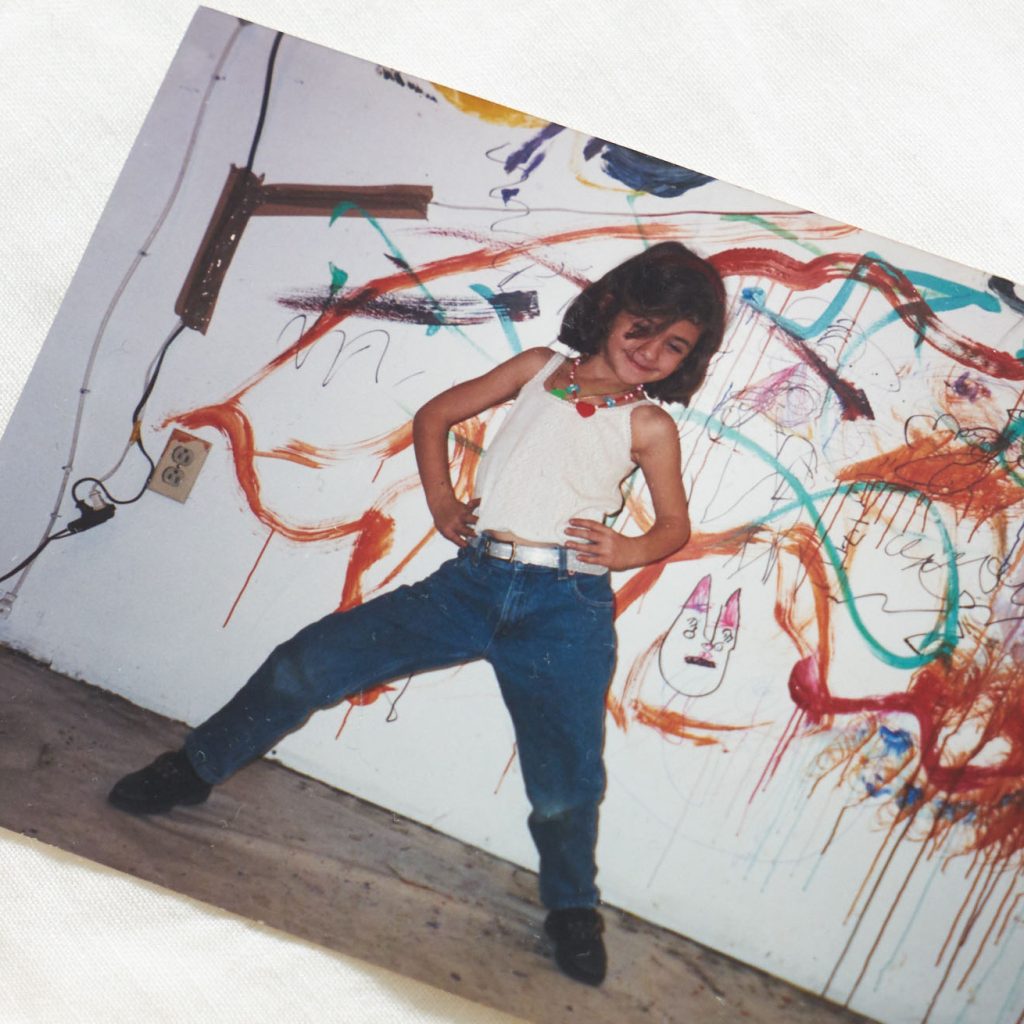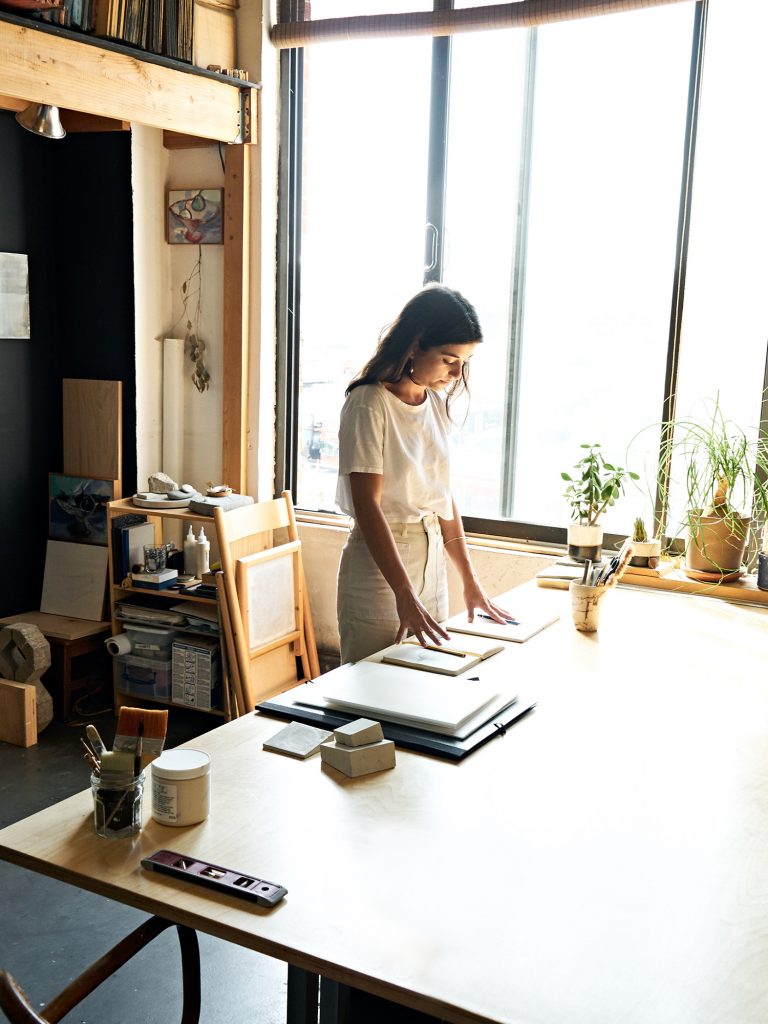
BLANCA GUERRERO /
VISUAL ARTIST
Immigrating from Spain to New York at a young age, Blanca has inherited a rich artistic sensibility from the creative influences of her family and the multicultural environment of New York City, further developing her unique serene aesthetic that conveys her minimalist perception.
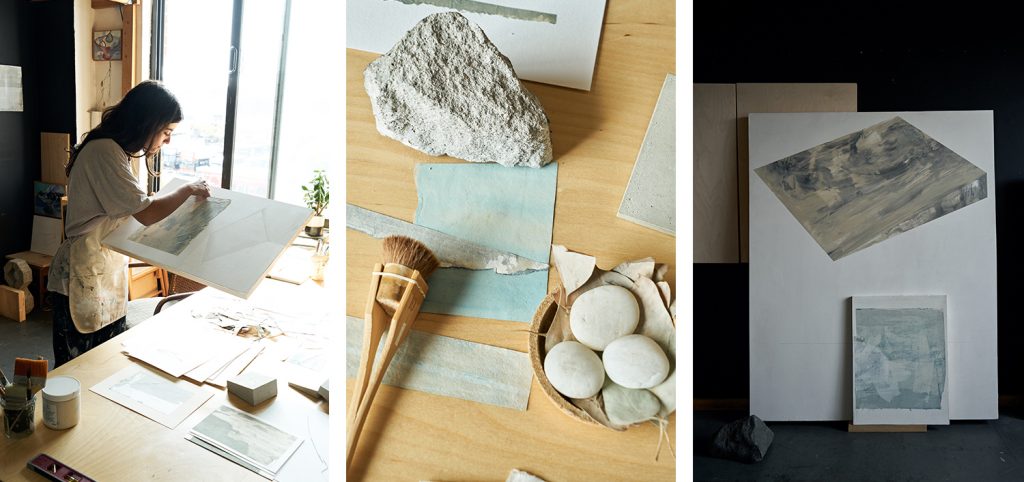
Gentle, calm, and amiable like her work, Blanca welcomed us with a bright smile and shared with us her path as a young artist as well as the insight into her inner observations.
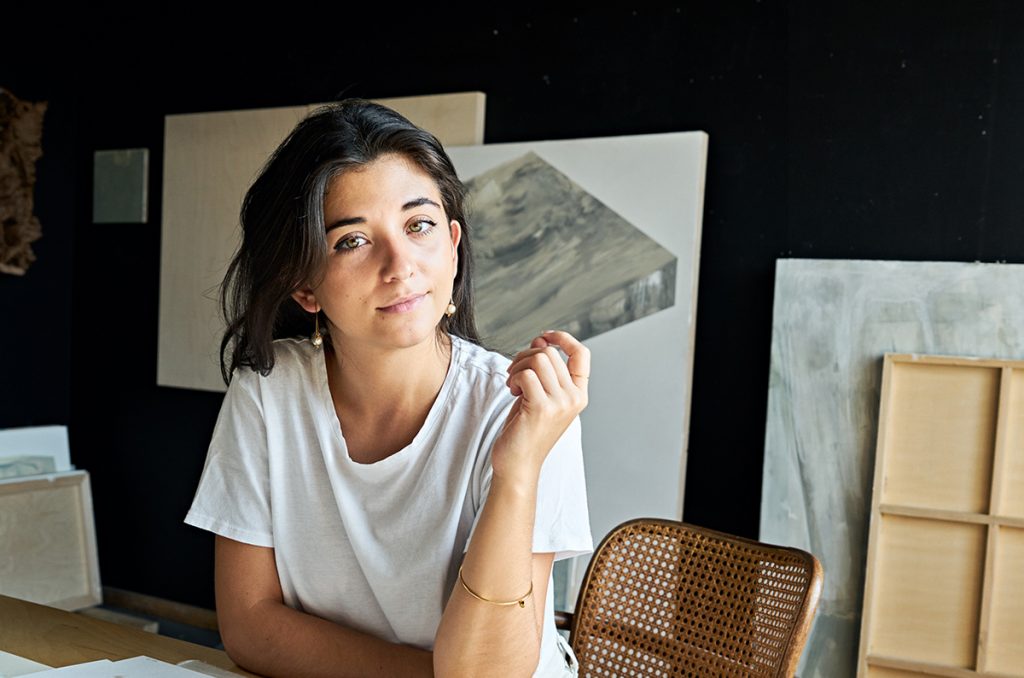

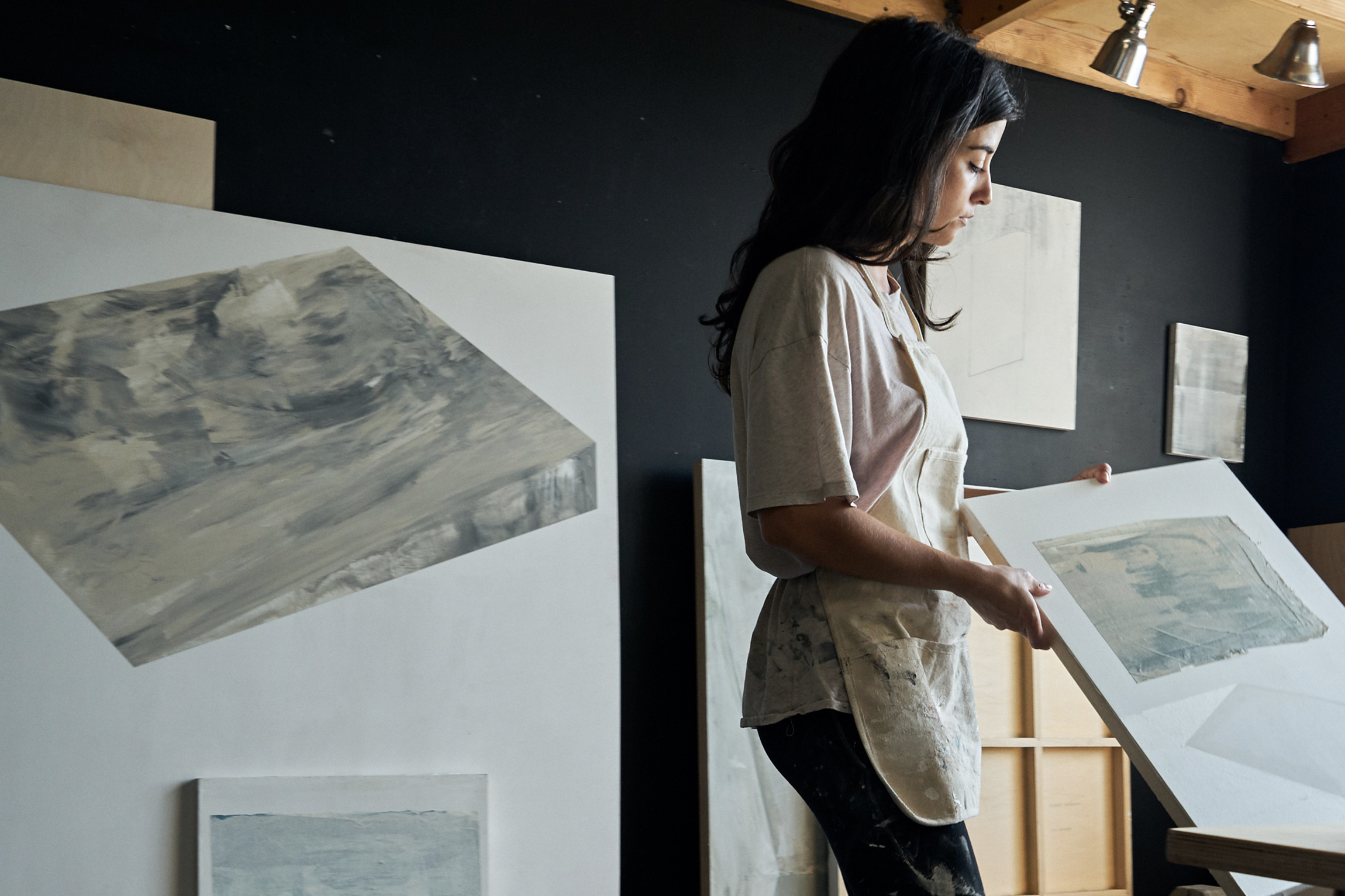
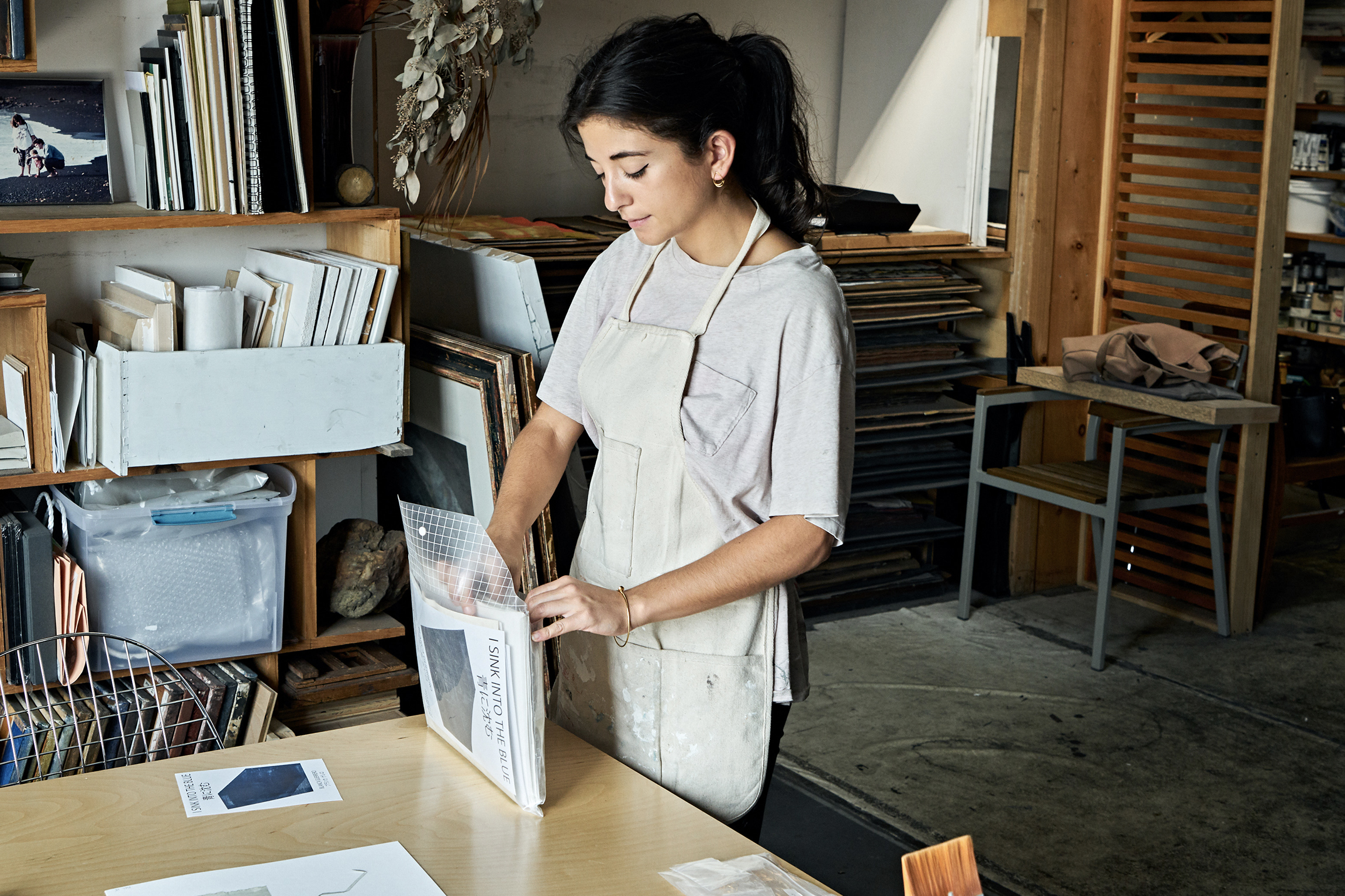
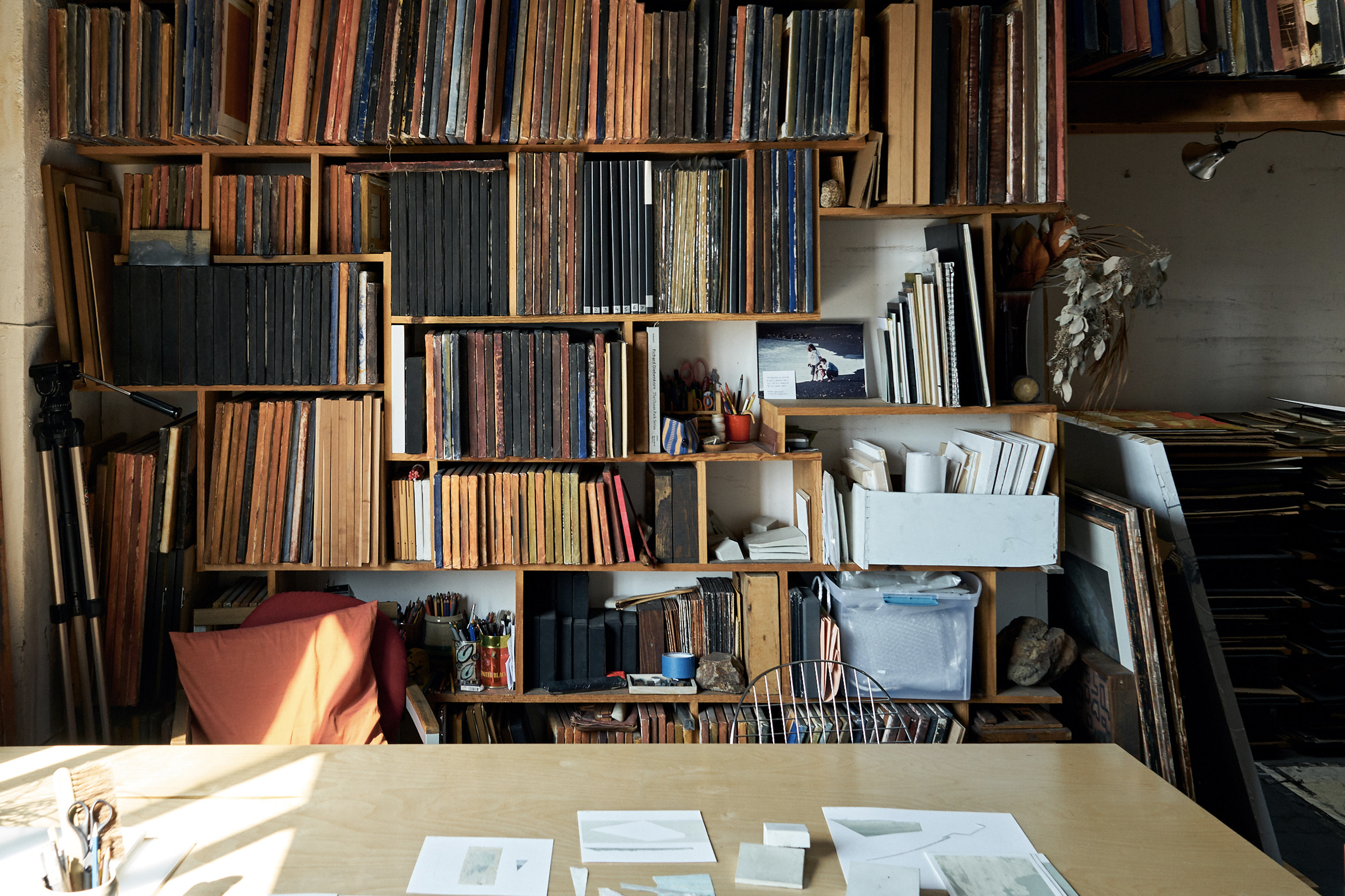
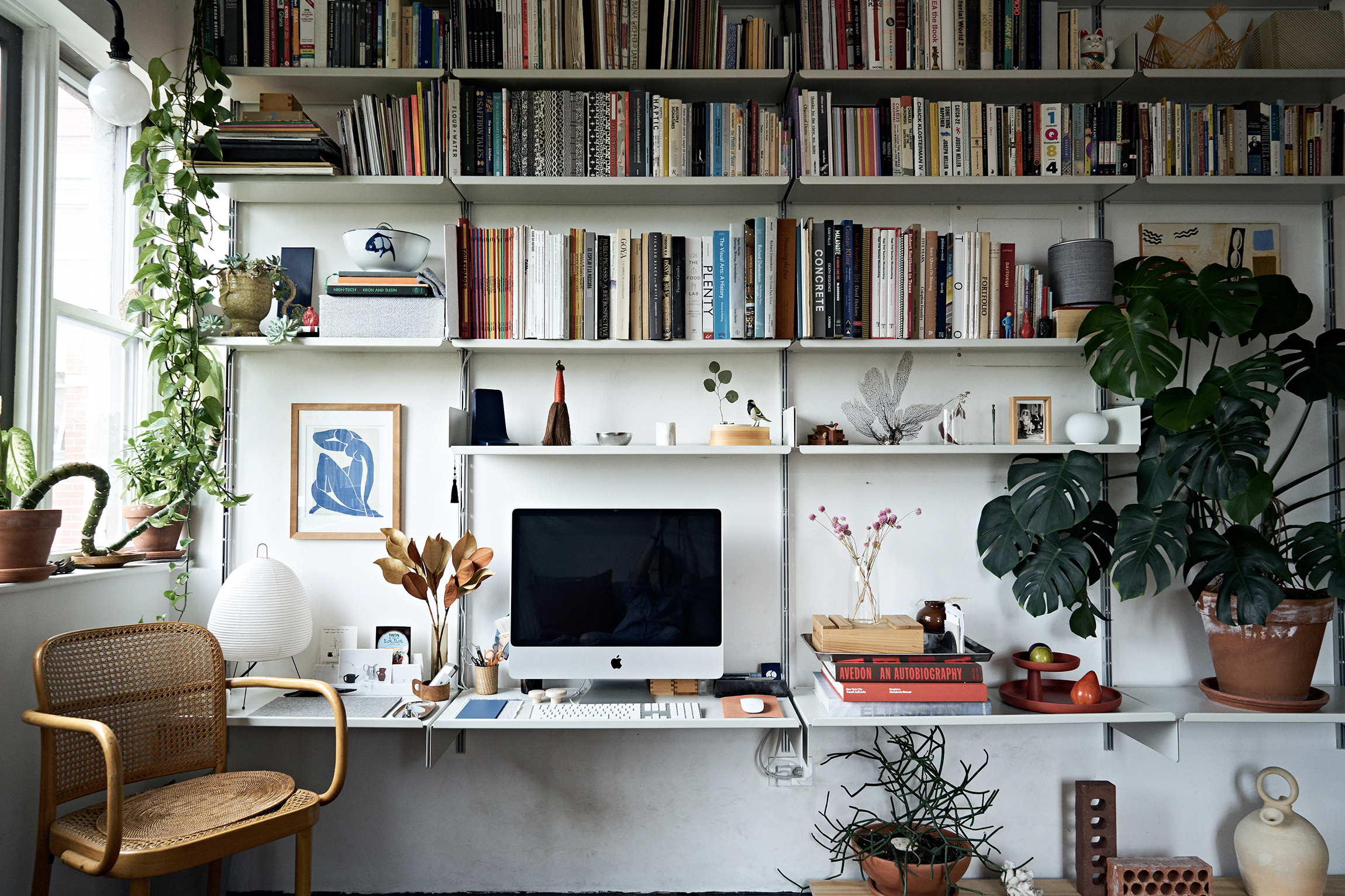
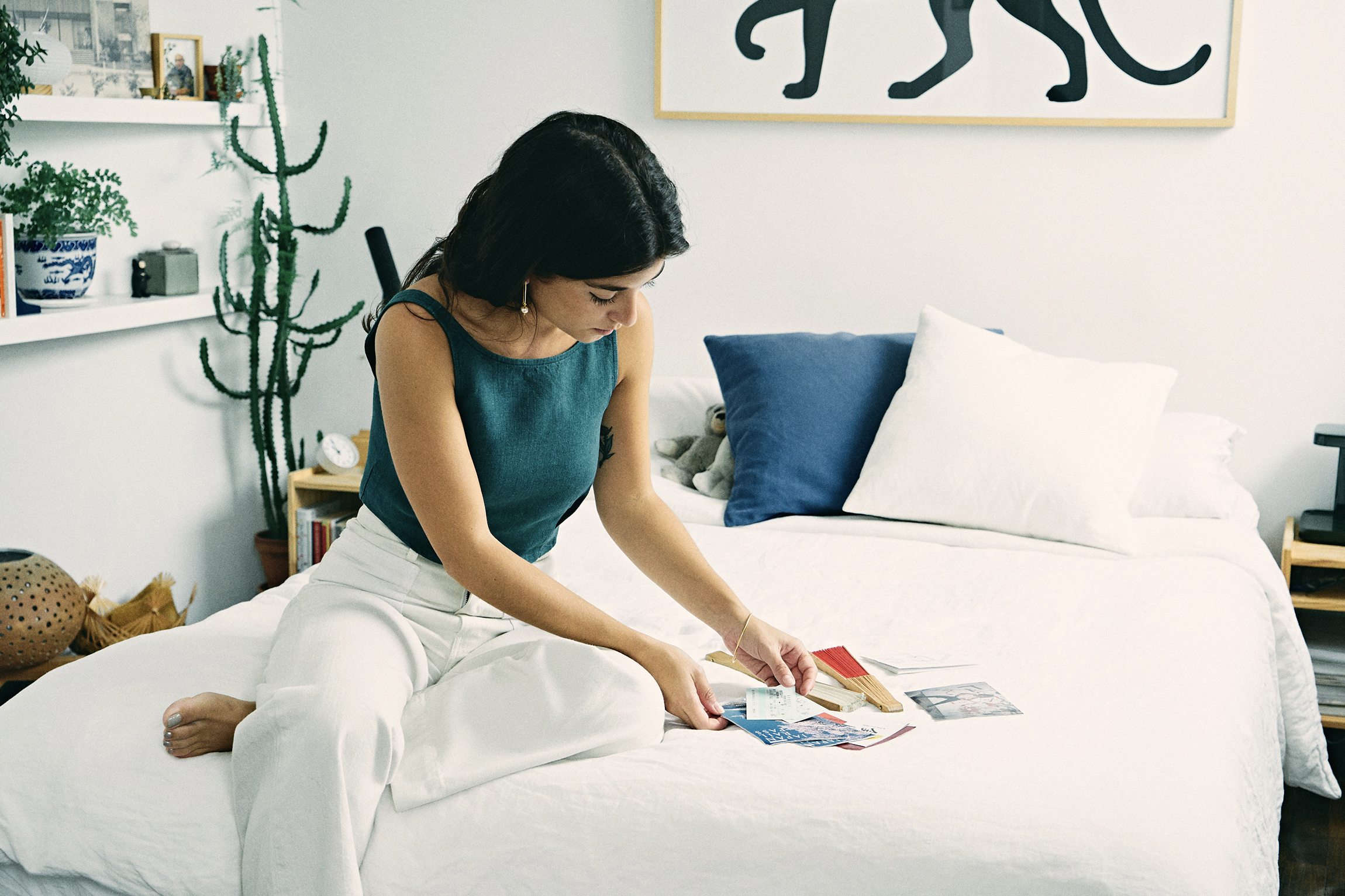
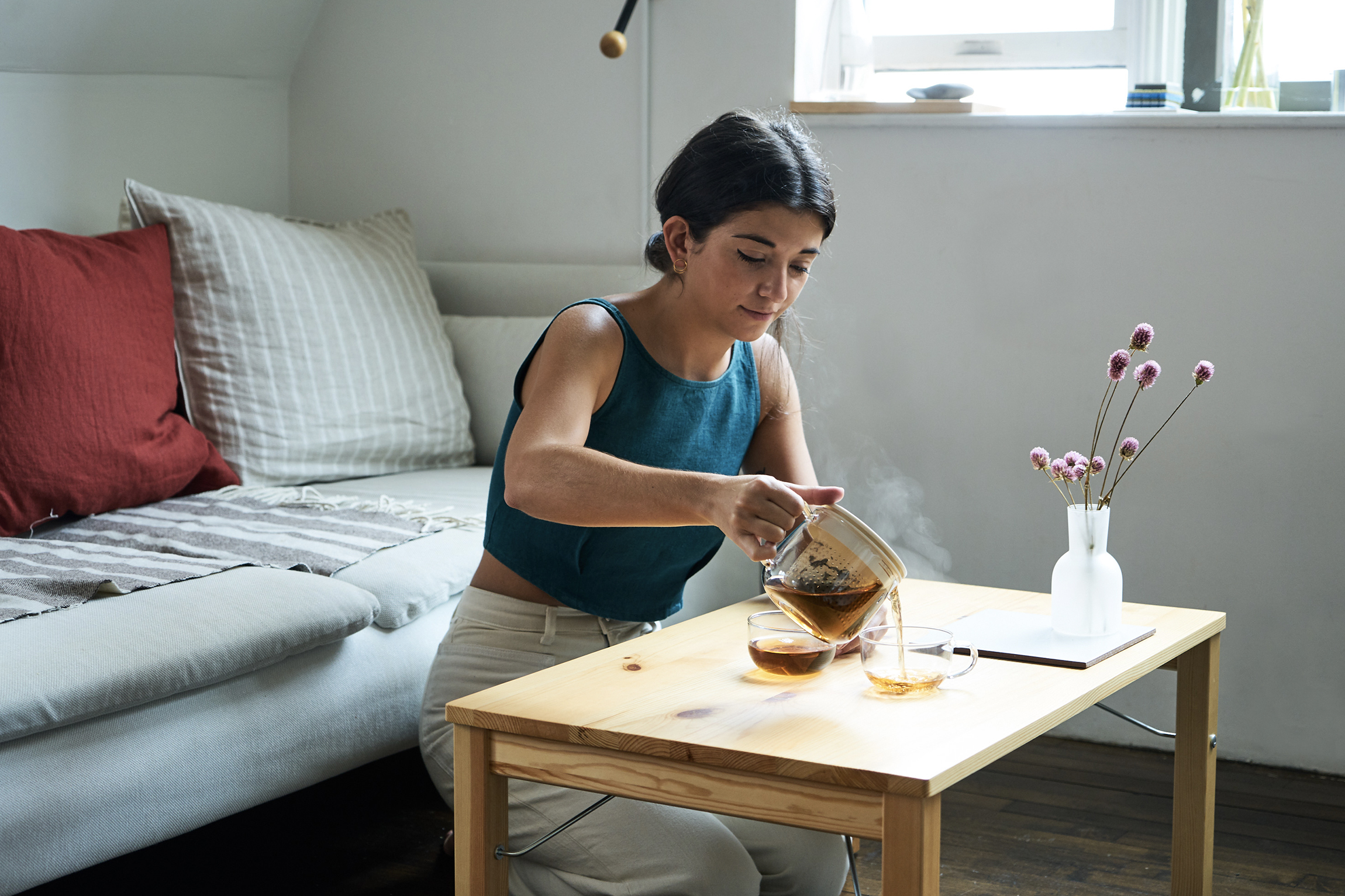
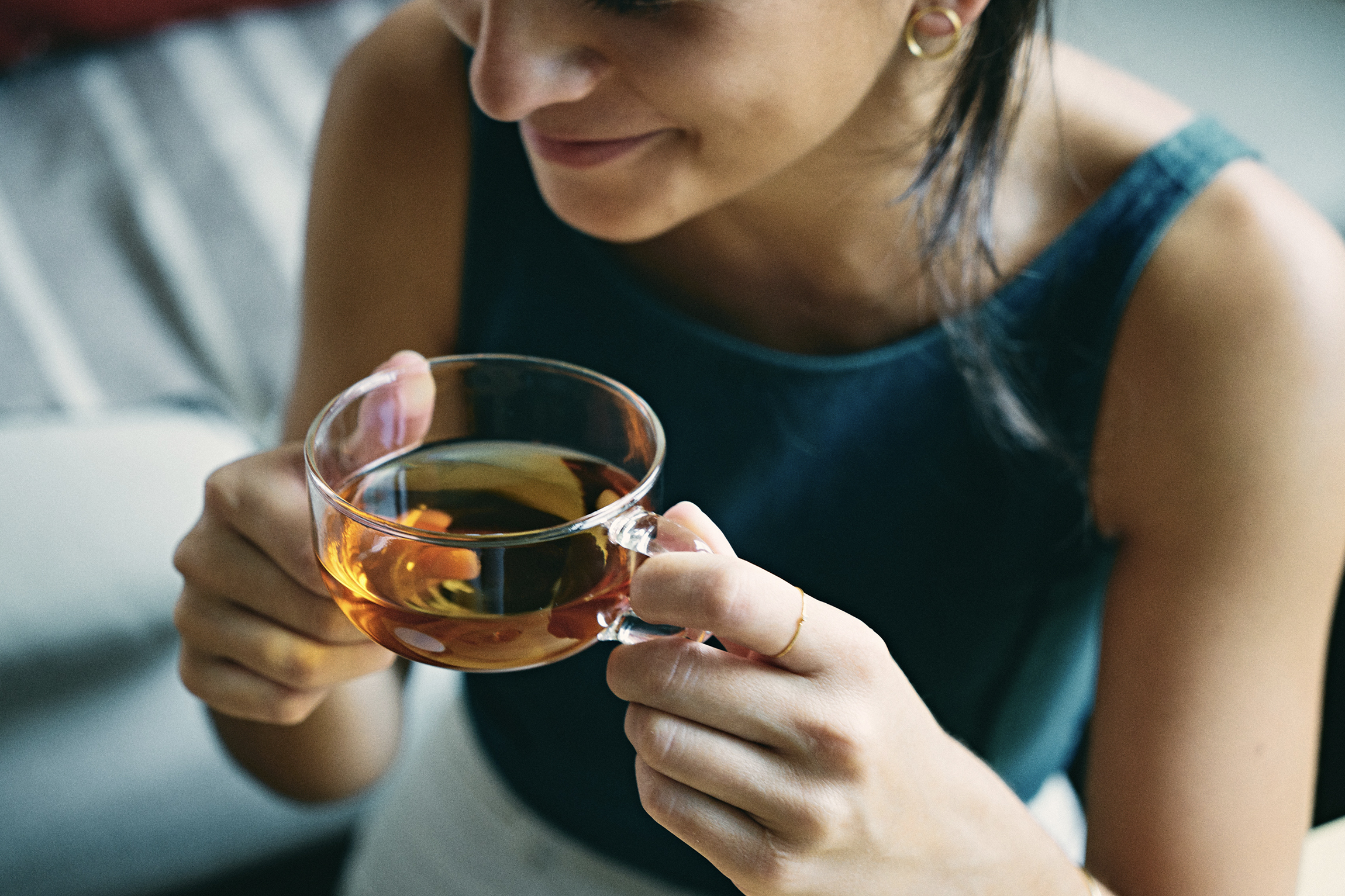
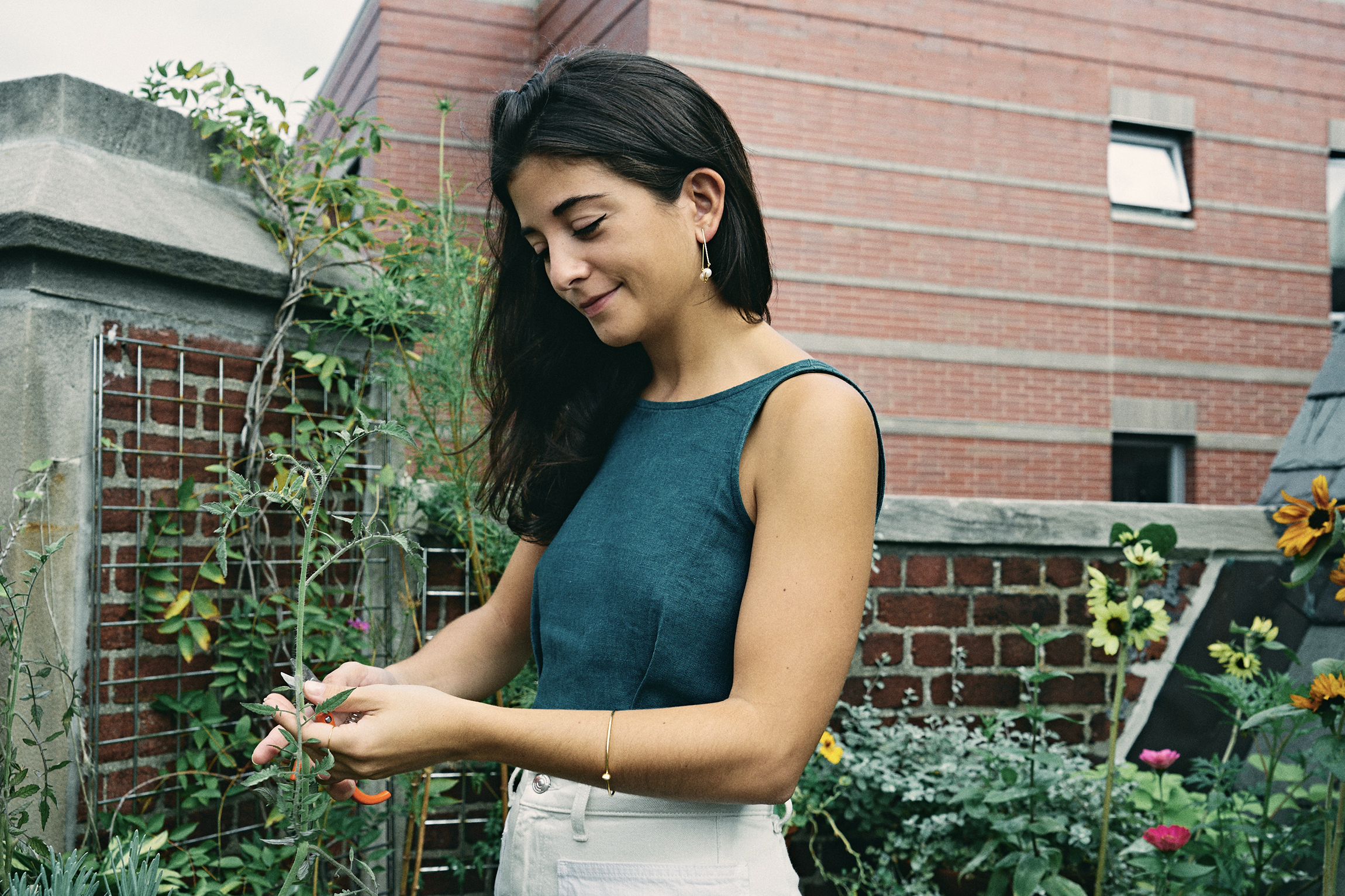
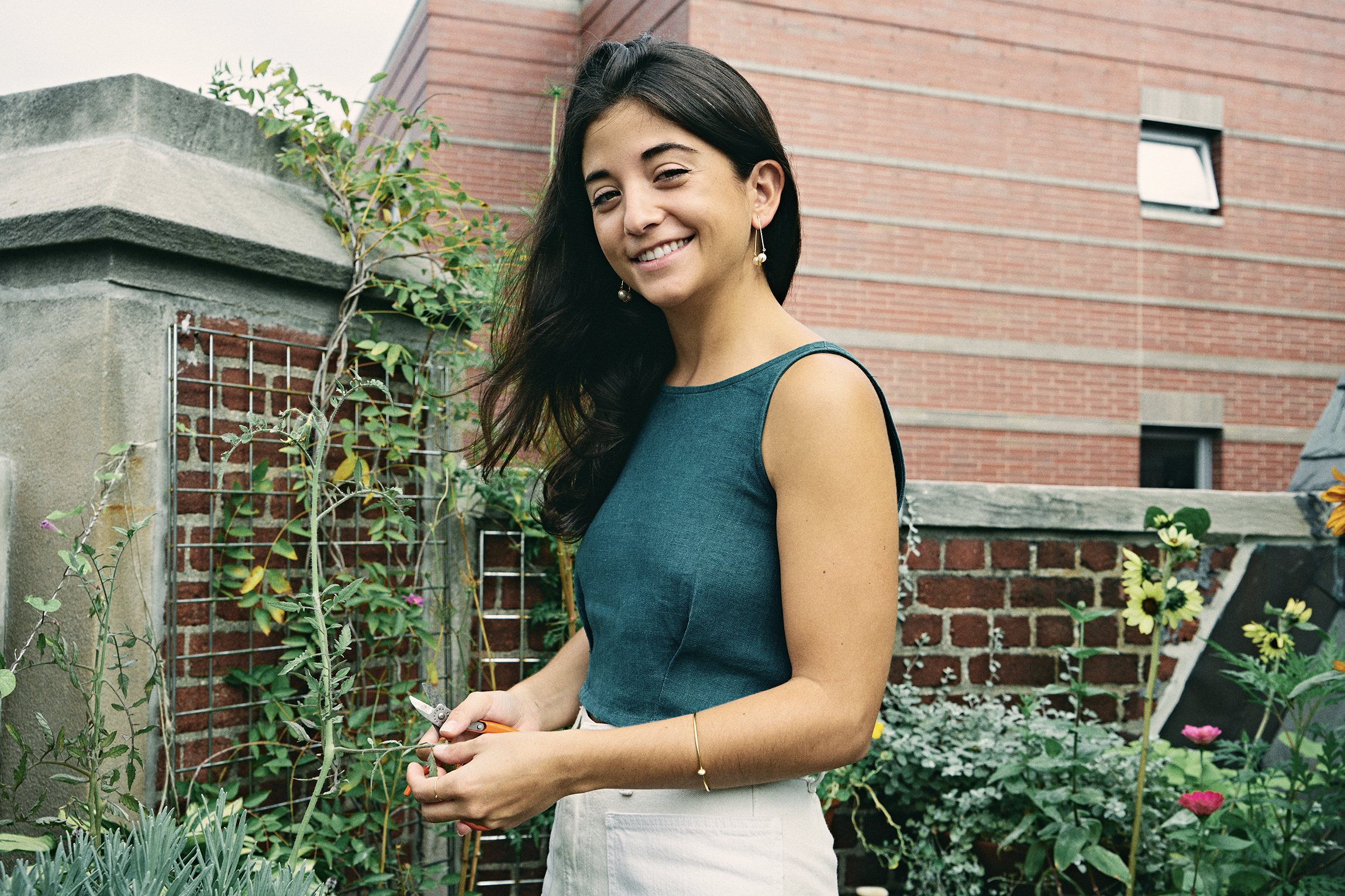
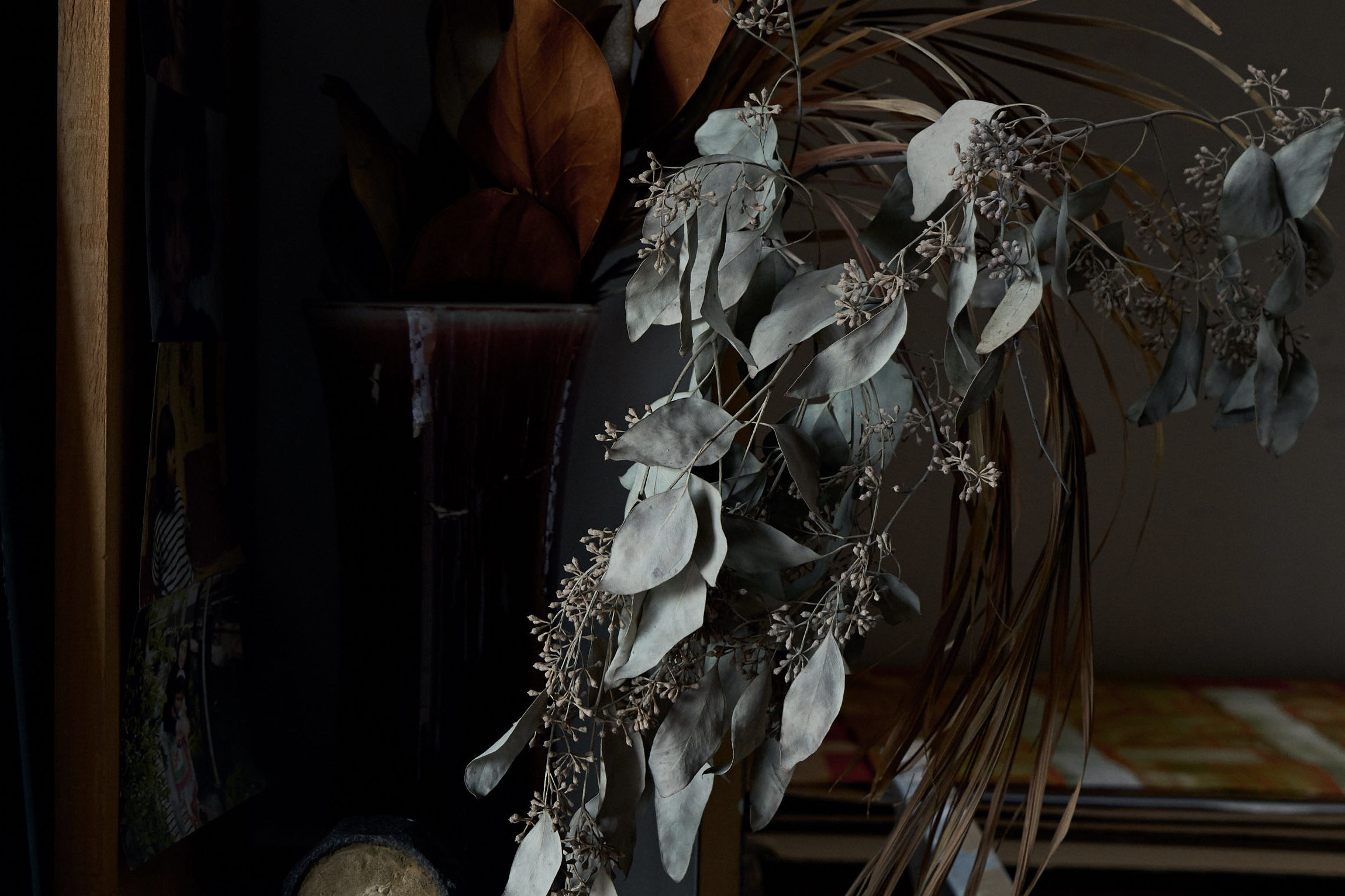
Hello Blanca! Can you tell us a bit about yourself and your upbringing?
I am a visual artist. I was born in Madrid and I moved to New York with my family at the age of three back in the early 1990s. My mother came working as a translator and my father was an artist who came to American without knowing how to speak English. My family were sort of learning and exploring New York all together. Originally, we had planned to stay for two years only, but now we’re still here!
Growing up in New York, I think I had an interesting upbringing, especially those fond memories of me playing and spending time in my father’s studio. I didn’t really realize how special my life in New York was until I left the city for college to study printmaking at the Rhode Island School of Design. I didn’t realize how un-American my environment had been even though I had been living in America. It was like a reverse culture shock for me. I have always felt connected to both New York and Spain, but at the same time, I feel like I don’t fully belong in either place. So for my work, I have always been interested in ideas about memories and nostalgia. They are where I pull a lot of inspiration from and transform them into imaginary mindscapes and structures. Living in New York, you need a realistic balance; therefore, besides my artist career, I also work as a product photographer at a textile company. Having a day job works perfectly for me, because my studio time would then seem much more precious and I’d also be more focused when I work.
What is a studio day like for you?
First, I like to start my day by walking to the studio, which is like a 40-minute walk from my house. It helps me clear my mind before I dig into work. I begin by playing some music and laying everything out on the work table, like pieces of scrap paper or my paintbrushes. To keep myself calm, I also spend some time looking out the window at the Gowanus Canal. If I’m not painting, I take photos with my film camera, make collages, or read, then simultaneously cross-reference everything.
I share a studio with my dad and we’re very respectful of each other’s space. So, I’d always make sure I clear everything when I leave the space.
Can you tell us about your work? What is your inspiration and what is your creative process like?
I gain a lot of inspirations by traveling and going to different places. I start out by building a collection of memories and photographs that could later on influence back to my work. It is a calm and meditative practice when I’m making my work. I don’t usually draw from life or photographs but instead drawing things that are from the back of my mind. Many times, I am not conscious of where my ideas are coming from until later. The element of nostalgia in my work comes from the sense of safety and longing for the past. The future makes people nervous and the present is sometimes frightening, so my work is more like a constant research into my own memories.
My work talks a lot about the diffusing moments in nature, such as fog, haze, and dawn… But I am also very much influenced by industrial elements like sculptures and architectures. That is why my work often conveys a composition of hard lines and translucent, subtle colors. A good example of all these things combined is a pool – a manmade structure that is below the surface. It looks flat, but it has a volume. And within it is contained with water, a natural creation that is constantly moving and changing, depending on the light and reflection that hits it, all within a manmade structure, which is sort of a mirror to what a city is like. We live on the earth which is not ours, and we contain ourselves within structures that we build.
My work is not straightforward. Even though I made them with a piece of my memory, they are completely open for interpretation. I appreciate the moment when I see other people relating to my work in a different way or projecting a personal memory on my work, because my goal is to take people somewhere else or transport them within their minds.
Can you also tell us about your creative medium?
I work a lot with paint and Washi paper, which is a medium I learned to make when I traveled to Japan for the first time, back when I was studying printmaking in college. Japanese Washi paper fascinates me. It is transparent with strength, textured yet refined. Since I am not a master papermaker, the Washi papers I made aren’t perfectly shaped and have this uneven density, which has a quality of nature I then collaborate with unintentionally. I also stayed in Japan for an artist residency and have been revisiting once in a while just to make more and buy more Washi papers for my work.
Washi paper also got me into certain aspects of Japanese theory such as Wabi-Sabi — the beauty in impermanence which really tones in with my work. However, different from the others, the impermanent beauty that I’m interested in is more in the context of a city. For example, my studio is located in an industrial area with lots of cement buildings and factories that people might find filthy. Sometimes, I see grease coming out of a factory and into the river, and the impermanent shapes that it’s creating are things I found really beautiful. I am drawn to the element of trance and unknown. There is no absolute control in the things we do, so to find beauty in those moments is what I’m interested in.
What are the elements that attract you when you see other artists’ works?
I think texture and lines are the two things I’m drawn to – color too, not in the traditional sense but more about the subtlety in color, such as the transparency or the quality of it. I also tend to like works made with the simplest material, like a simple pencil drawing. The aspects and details in a simple form really interest me.
How did you establish your style and personal aesthetic?
Back in school, what I studied was very technique-based. Learning printmaking was more about focusing on the techniques of intaglio or etching on coppers, so I wasn’t really paying attention to the aesthetics. It was when I reached my senior year, once I had a good handle on all the different techniques, that I started going outside of the boundaries. It started with exploring from wood. I was carving for a woodcut, and I started painting on the wood itself and saw how the paint was interacting with natural material (an unsealed piece of wood), with ink bleeding through the indentation of pencil lines on the wood… It was then that I started forming my visions of aesthetics. And my trips to Japan have influenced me a lot as well.
I live with my partner who is an industrial designer, and I think that the combination of our aesthetics creates a home space that also influences back to my work. It’s a cycle that goes back and forth. And as for the way I dress, it’s always just the simplest version of everything else. I do try to incorporate more colors on myself, as well as to my work and my surroundings, such as applying colors like red to bring in some joy. But then I always end up going back to wearing black (laughs). For me, it is more attainable through the changing of material or texture, like a metal or textured fabric, as opposed to adding new colors.
Is there a message you wish to bring through your work?
I want my work to take people to a state of contemplation. I wish people can experience what I experienced when I was making the work — a return to solitude where you just sit back and let feelings wash over you. Whether my work reminds you of something or just makes you feel calm and at ease, I want people to feel comfortable going into themselves, as well as to contemplate and think.
Living in New York where you’re competing with so many creative people, it can be hard to believe in yourself. How do you deal with yourself in times of self-doubt?
It is a question I’ve been thinking a lot about and it is a daily struggle. It is very difficult to live in New York and in a time where everybody is so connected that we can compare ourselves so easily to others on social media platforms. There are good days and there are bad days, but I always try to remember the people who are helping me through those moments. My family, my partner, and my friends are my close people I can always talk to and ask for a piece of advice. But most importantly, it is to find a way of self-help. For me, my studio time really helps me. Going on walks and doing yoga really help me clear my mind too. Sometimes, going out with my camera and seeing things through the lens also make me realize how big the world is, and then it puts things into perspective.
Can you share with us a couple of your favorite spots in New York?
Dia Beacon. I feel so inspired every time I go there. The Noguchi Museum and the Donald Judd House in SoHo are also places I like to visit. I’ve been experiencing more design-related museums or galleries because of my partner, and I’ve been finding lots of inspiration by seeing new objects, architectures, or furniture.
What type of characteristic in a person attracts you the most?
I like to meet creative people. I also tend to be more interested in introverts as opposed to people who are just out there, because I sort of find that intimidating. I feel more connected to people who are a little quiet — people who have a sense of awareness for their surroundings and empathy for others. Respectful people would be the right answer.
What are your reading habits?
I have a weird reading habit where I read multiple books at the same time and often don’t finish them because I get emotional when I get close to the end! Sometimes I get too attached to books, so I tend to read shorter texts and journals. I also like to copy texts that I find interesting. The process of re-writing the words down helps me process them better. For example, I love reading and writing down Agnes Martin’s texts. I have a notebook filled with sentences I had written down about her creative process and her life as an artist. I try to keep a balance between reading these artists’ texts and fictional readings.
Is there any character in your past readings that reminds you of yourself?
I don’t think there’s one! I do feel strongly connected to certain texts like the statements that Agnes Martin made, but that doesn’t make me feel like her.
Can you share with us a quote or phrase that has inspired you deeply?
There are a lot of them! I will share one that I’ve read recently, by an artist friend who said to me through text message:
“I think the hardest thing to do is to expose yourself to other people, whether it’d be thoughts, intentions, or feelings – whatever – which is part of what makes art-making fraud in particular. I don’t know. It’s easy to be tentative, it’s hard to trust inclusively, and getting older is weird.”
It made so much sense to what I feel now that I had to write it down! Choosing an artistic career as you’re getting older is very bizarre. Taking a personal creation full of our most intimate feelings and trying so hard to expose and sell are very uncomfortable but are things we just have to do.
What are your other hobbies other than painting and photography?
This year, I am very into gardening. We have a little terrace where I plant lots of seeds and grow different kinds of flowers and plants. The process of nurturing them brings so much happiness into my life.
Do you like to wear jewelries? What are your preferences or habits for jewelries?
I like to wear very minimal jewelry, both in form and quantity. I always wear my three favorite rings: two stacked on one finger on my left hand and the third on my right. I tend to opt for large, very thin hoop earrings. I like the way they get lost in my hair and only sometimes catch the light. There are three piercings in my left ear, so I wear two very small half hoops that I never take out in the two extra holes. I guess I like the asymmetry of simple shapes, circles in particular! And I also only have one bracelet at the moment. I got it this past summer in Segovia where my paternal grandmother lives.
If you were a color, what would it be?
A faded and translucent green that is close to grey, like sea glass or maybe dried eucalyptus leaves.
Lastly, how would you like to be seen and remembered?
I would really like to be remembered for my work, not for myself but for a lasting impression. I wish people can feel safe and happy looking at my work. Essentially, the way people feel when they look at my works (or my photography) is how I want them to feel around me.
Today, choosing an artistic career may seem like an unrealistic pursuit. Just like many other young artists, Blanca is also trying to find balance in reason and sensibility – in life and dream. Nonetheless, her constant self-reflection and steady practice give her the key to a state of contemplation. Blanca learns to conciliate exterior concerns with her quiet observations, thus allowing her to continue creating comprehensive works that are full of emotion, depth, and self-awareness.
Photography by Chaunte Vaughn, interviewed by Crystal Cheng, and edited by Phoebe Chang
The jewellery in this interview comes from our classic collection. Click here for more information.
